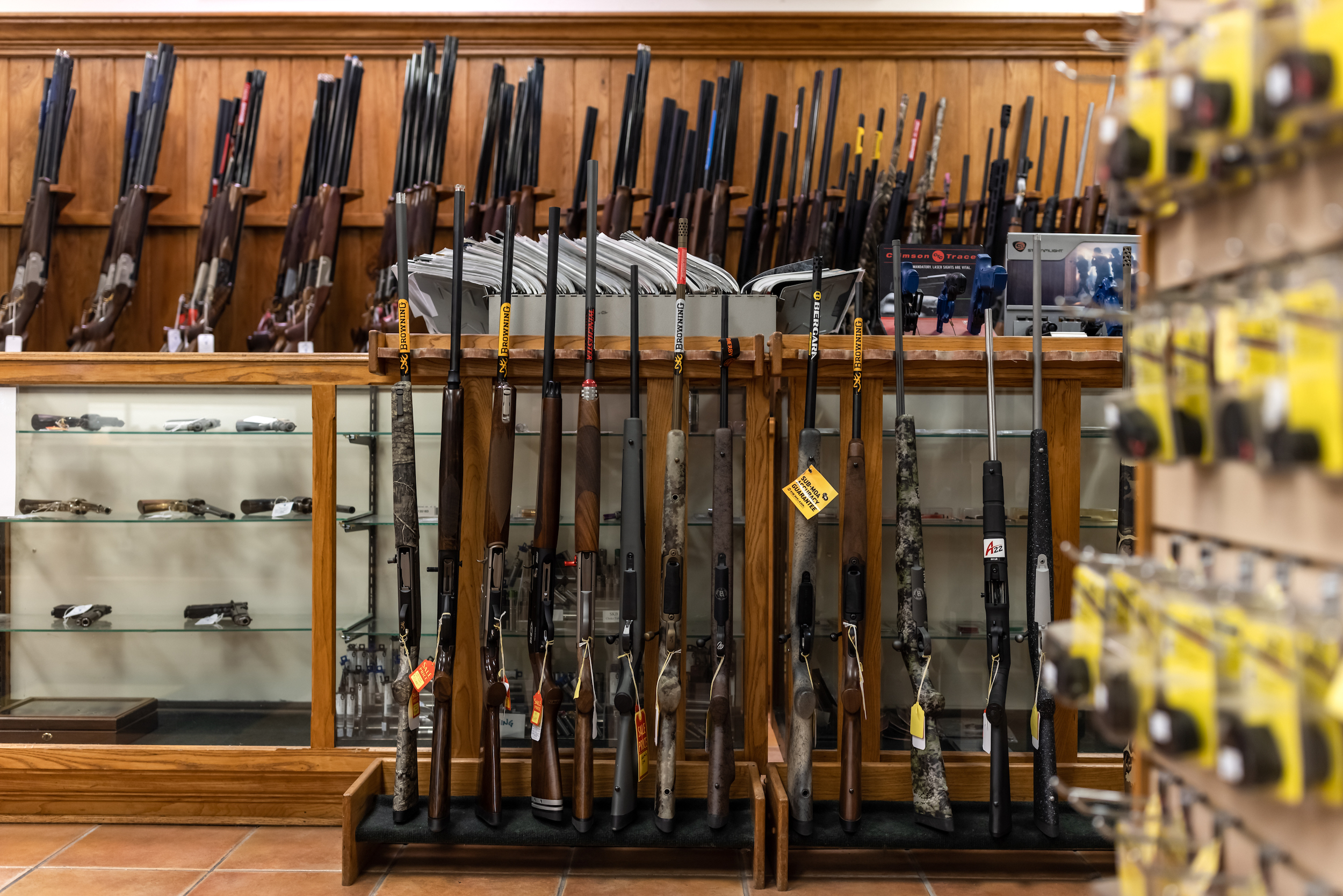Gun deaths continued to surge across the United States in the second year of the pandemic, reaching 48,832 in 2021, according to provisional data from the Centers of Disease Control and Prevention. It now stands as the highest single-year tally on record, up 8 percent from the previous record in 2020, when 45,222 people died of gunshot wounds.
The data, published in July on the CDC’s WONDER database and first flagged by the gun reform group Giffords, suggest that firearms deaths, which surged past 40,000 for the first time in 2020, haven’t returned to pre-pandemic levels.

The CDC tracks mortality information via death certificates collected at the state level, and the provisional data may change slightly before it is finalized early next year. But a look at what is available now reveals some key statistics for anyone monitoring the magnitude of gun violence in America.
Firearm injury is now the 12th leading cause of death in the country, eclipsing car crashes for the fifth year in a row and jumping a spot from its 13th-place ranking in 2020. And the age-adjusted gun death rate, 14.8 per 100,000 people, was the highest since 1993, considered a high-water mark for American gun violence.
“People are dying by guns at an extraordinary rate,” said Eric Fleegler, an assistant professor of pediatrics at Harvard Medical School and an emergency physician at Boston Children’s Hospital. Fleegler, who first began researching gun violence over a decade ago, pointed to the widespread social upheaval wrought by the pandemic, as well as a gun-buying surge that put more than 40 million guns in homes in 2020 and 2021.
“The data has been very clear over the years that where there are more guns, there are more deaths,” he said.
The 2021 increase in gun deaths was driven equally by homicides and suicides. According to the data, both categories saw record-breaking totals, and each increased roughly 8 percent year over year.
That annual increase in gun homicides was much smaller than the one recorded between 2019 and 2020, when they rose 34.5 percent. However, in 2021 guns were used in a greater proportion of homicides than ever before: 80.6 percent, up from 79 percent in 2020.
The data shows that people of color accounted for a disproportionate share of the victims: 41 percent of firearm homicide victims in 2021 were Black males between the ages of 15 and 34, a group that accounts for only 4 percent of the population, while Black women accounted for 7.8 percent of gun homicides in 2021, compared to 6.9 percent in 2020.
The annual increase in gun suicides, meanwhile, was the largest on record since at least 1968. More than 26,000 people took their lives with guns in 2021, accounting for 54 percent of all gun deaths. Experts attributed the tally to disruptions in mental health care and more exposure to firearms, especially among first-time owners. Fleegler pointed to a 2020 Stanford University study showing a 100-fold increase in the risk of suicide among California residents in the month after they bought their first handgun.
“The mental health crisis cannot be underestimated in the United States right now,” Fleegler said. “And our inability to give people support that they need is certainly exacerbating it.”
The vast majority of gun suicide victims in 2021 were white males — 70 percent. But gun suicides rose by 22 percent between 2020 and 2021 among Black people, a group that doesn’t typically have high gun suicide rates. Firearm suicide among people of color, particularly children and teenagers, has been inching upward in recent years, alarming experts, as The Trace reported earlier this year.
Gun death rates in 2021 varied considerably among states. New York, which just had its concealed carry permitting requirements loosened by the Supreme Court, had one of the lowest gun death rates in the country, along with Massachusetts, Hawaii, New Jersey, and Rhode Island. The highest gun death rates were found in Mississippi, Louisiana, New Mexico, Alabama, and Wyoming.
Garen Wintemute, the director of the Violence Prevention Research Program at the University of California, Davis, said the rate of variation within states was noteworthy, particularly when viewed alongside recent changes to local gun laws. He pointed to California as an example: The state had one of the nation’s highest gun death rates in the 1980s through the early 1990s, but now ranks among the lowest. In between, the state enacted some of the nation’s strictest gun access and possession laws.
“There are half a dozen or more states that have, by universal agreement, the most rigorous regulatory approach to firearms in the country, and they have the lowest firearm death rates in the country,” he said. “And they’re decreasing.”
Gun laws have also loosened considerably in several states over the last two decades. In half the country, residents no longer need a permit to carry a gun in public. Some of those states had the highest rates of gun violence in 2020 and 2021.
If you are having thoughts of suicide, help is available 24 hours a day: Call or text the 988 Suicide & Crisis Lifeline. Also, here is our guide to finding help if you’re experiencing suicidal thoughts or depression.


